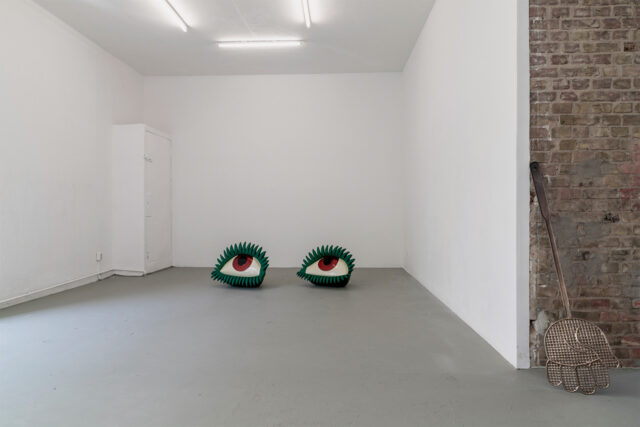
Adam Shui-Yang Shaw, Clerks’ Quarters can there be forgiveness?, 2018, Foto: Frank Sperling

Nigin Beck, Yeki Bud, Yeki Nabud, 2019

Adam Shui-Yang Shaw, Clerks’ Quarters can there be forgiveness?, 2018, Foto: Frank Sperling

Nigin Beck, Yeki Bud, Yeki Nabud, 2019